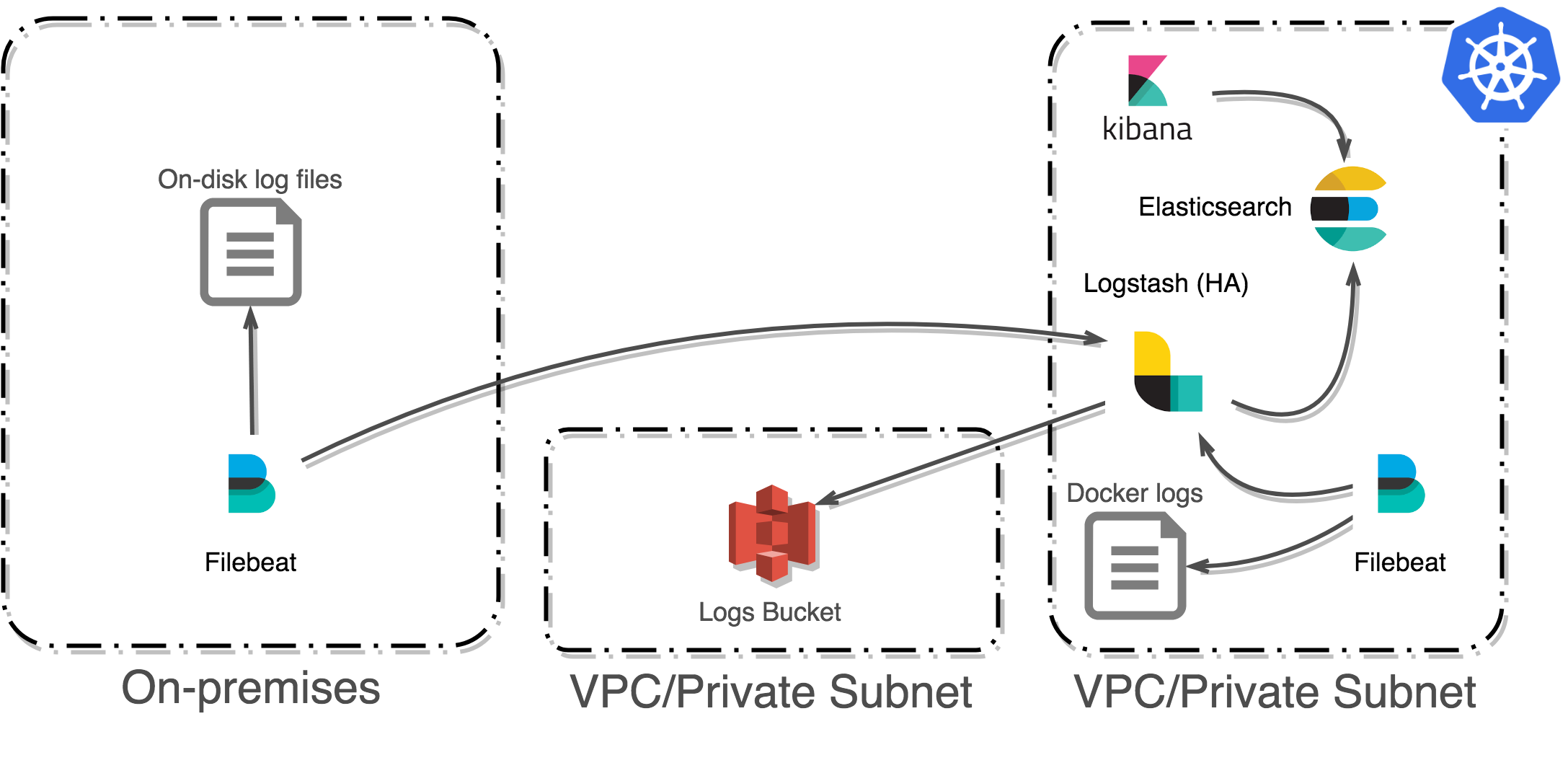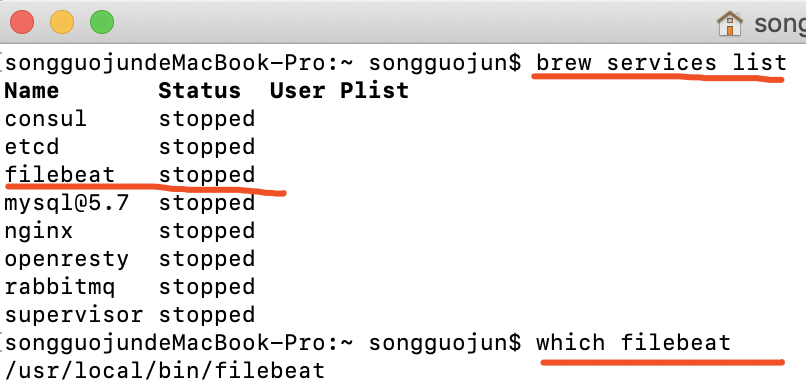

SECURING FILEBEATS HOW TO
In this blog we will discuss how to set up ModSecurity as a Web Application Firewall (WAF) in front of an application which will spool its logs to the ELK (Elasticsearch, Logstash, Kibana) stack for monitoring and ElastAlert for alerting. To achieve this, we need a centralized system where one can continuously monitor logs, visualize data in dashboards and have a notification system where an attack can be notified. We need to have a real time monitoring system in place where we can guard our application and in case someone attempts to attack, we can identify the attack and block it or take necessary actions. It doesn’t matter if we have a small or an enterprise-level organisation, one thing we have to consider is the monitoring of attacks on our application and network. An industry standard incident response and recovery plan such as NIST 800-61 rev 2 or later must be adopted.Concerned teams must be notified in event of compromise.An effective monitoring and alerting system must be established that can detect suspicious activities and respond in a timely fashion.There should be a system that logs auditable events from various authentication and authorization instances like failed login attempts, brute force etc.Rapidly detecting anomalies by continuously monitoring log files can help companies identify and respond to attacks rapidly, potentially preventing them. Though not a direct vulnerability, Insufficient Logging & Monitoring is listed by OWASP as effective Logging & Monitoring is an essential defence measure.
SECURING FILEBEATS UPDATE
In 2017, OWASP introduced a new risk “Insufficient Logging & Monitoring”, as a part of its triennial update in its Top 10 List of Web Application Risks. In this blog post, Anand Tiwari will talk about his experience and challenges faced while setting up one such monitoring and alerting system. as the host.name and not the server.Recently, NotSoSecure got an opportunity to explore the working of monitoring and alerting systems as a part of a project. I would like to see the IP address of the actual client that sent the log and not the host servers name. The 'message' part of the log entry in Kibana shows the actual client IP address Ĭhiops is the name of the syslog server and its also the ELK stack server. When looking at logs in kibana, all logs, regardless of what client sent them, have the same host.name. Type: log Change to true to enable this input configuration.Įnabled: true Paths that should be crawled and fetched. Below are the input specific configurations. Most options can be set at the input level, so you can use different inputs for various configurations. #= Filebeat inputs =įilebeat.inputs: Each - is an input.


I have installed the ELK stack and filebeats on that server.įilebeats is configured to monitor the logs that are being populated by syslog and send to the ELK stack. I have 100 systems that are sending rsyslog messages to a syslog server.


 0 kommentar(er)
0 kommentar(er)
